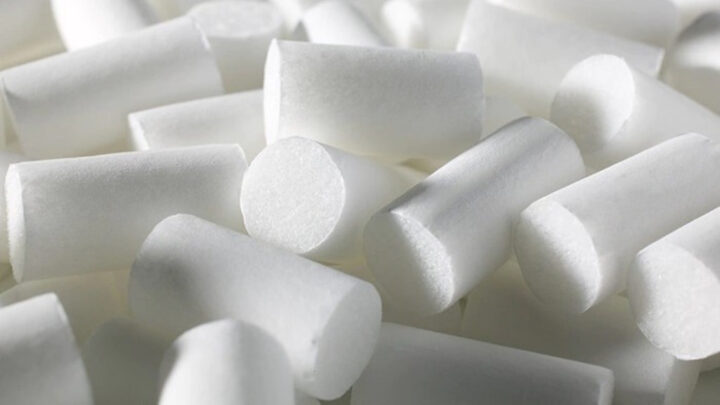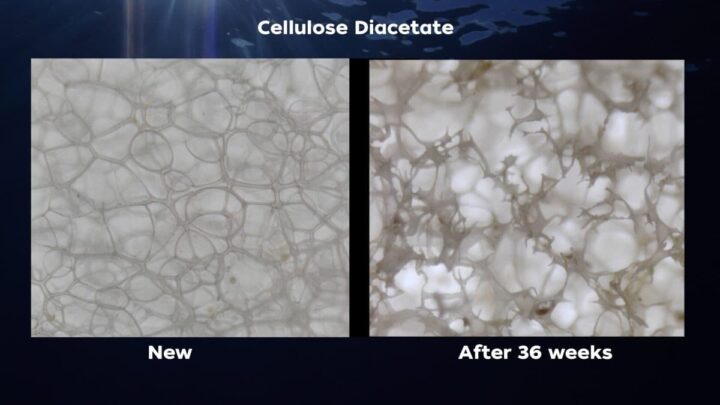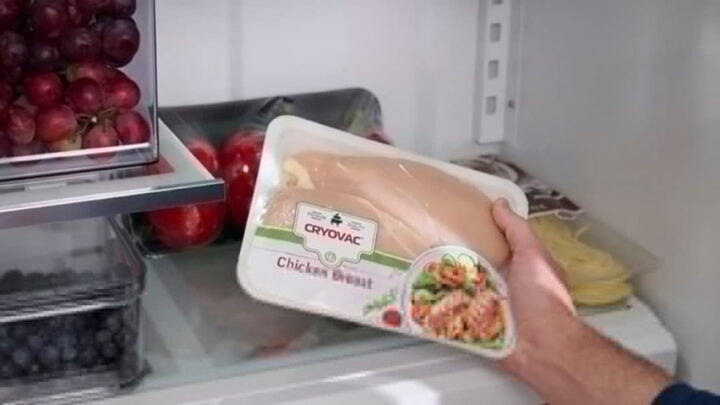Plastic is a problem that attracts a lot of attention, with researchers trying to understand ways to make it more sustainable (even minimally). Now, a new type of plastic that breaks down in the ocean faster than even paper.
The world already knew how to live without plastic, but discovering its countless applications has increased its use to a problematic level. So much so that experts have explored ways to improve the material and sought viable alternatives.
Researchers have spent the last few years trying to figure out which type of plastic breaks down most quickly in a marine environment. After all, we know that millions of tons of plastic enter our oceans every year.
Apparently, a common bioplastic that we've been using for over 100 years breaks down, and researchers have discovered how to speed up this process.
New plastic "satisfies consumer needs and degrades in the ocean"
Cellulose diacetate (in English, CDA) is made from cellulose, a natural polymer found in the walls of plant cells, particularly in cotton or wood pulp, and is used in everything: from eyeglass frames to sun to cigarette filters (its most common use), through photographic film and a series of other things that are part of our daily lives.

Investigadores da Woods Hole Oceanographic Institution (WHOI) discovered that CDA is the type of plastic that degrades most quickly in seawater, technically classified as bioplastic. With a simple modification called "foaming", which makes the bioplastic porous, CDA degrades 15 times faster than solid CDA and even faster than paper.
We translate fundamental knowledge into the design of a new material that simultaneously meets consumer needs and degrades in the ocean faster than any other plastic material we know, even faster than paper.
Said Collin Ward, senior author of studyadding that "it's a great success story in an area that often focuses on the negative aspects of plastic pollution rather than working to find solutions to the problem."
For 36 weeks, the modified CDA was placed in water tanks and lost 65-70% of its original mass. This result compared to other common plastic that can be found in all the world's oceans. Styrofoam, in turn, showed zero degradation in the same period.

A microscopic image of the modified CDA before and after 36 weeks in seawater. Credit: Bryan James, Woods Hole Oceanographic Institution (October, 2024)
The study was carried out in a controlled environment in a laboratory, using continuously flowing seawater from Martha's Vineyard Sound, near Cape Cod, Massachusetts. Researchers were able to control light, temperature and other variables to replicate the ocean's dynamic conditions.
Along with other WHOI scientists, Collin Ward established a partnership with Eastman, a bioplastics manufacturing company, which contributed to this and other previous studies by providing materials, funding and co-authors. The study was published in the journal ACS Publications.

Considering the success of the modified CDA, i.e. foamy, the Eastman launched a biodegradable and compostable tray to replace the common Styrofoam used to package meat. The latter are not biodegradable under any natural environmental conditions, land or sea.
Also read:
Source: pplware.sapo.pt


